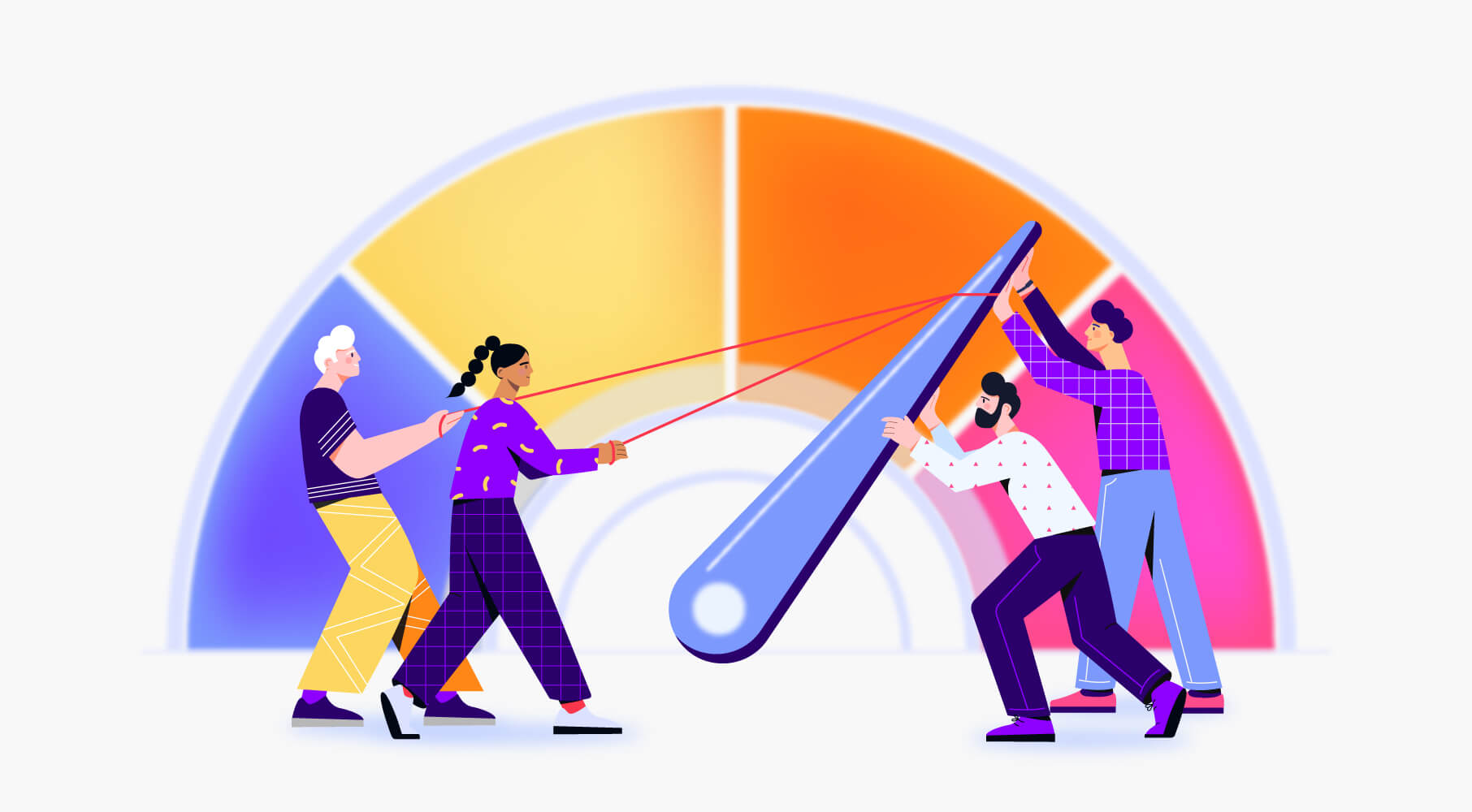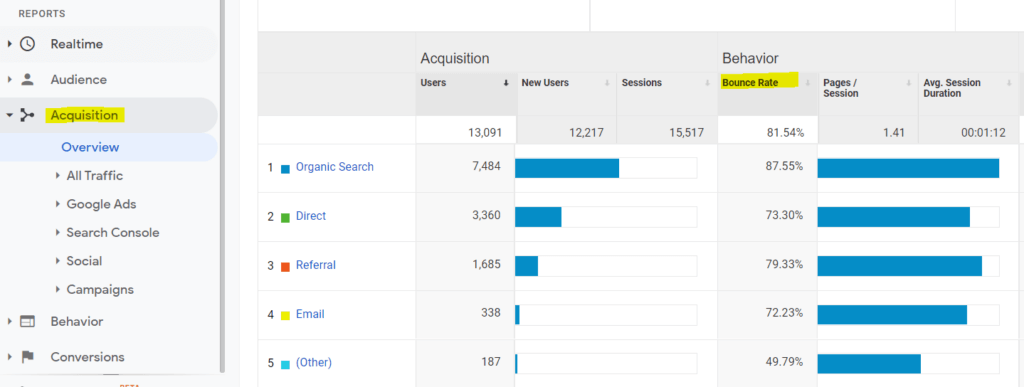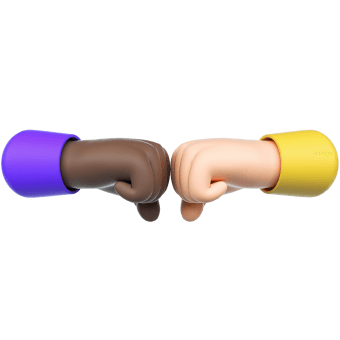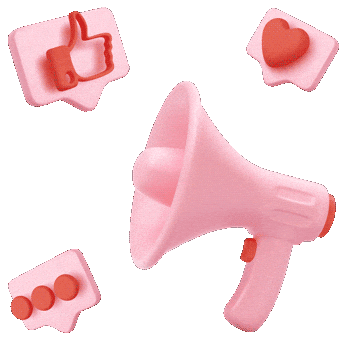Checking and reducing the bounce rate

Analytics systems (e.g., Google Analytics) show that the bounce rate is one of the central metrics for website/landing page/blog traffic performance. However, there’s an array of questions about the bounce rate, such as “How is it calculated?”, “Why do analytics systems show different data?”, and “How critical is this indicator, and how can it be improved?”
In this article, we’ll look at the nuances of the bounce rate and explain how to solve problems you may face working with it.
What the bounce rate is, what it affects, and why it matters
The bounce rate is a metric that shows how many people left a website after viewing a maximum of one page. If an analytics system says the bounce rate is 80%, it means 80% of users that visited your website viewed only one page (without clicking any other links or menus) and then left the website.
It doesn’t matter how the user departed your space. They could close the browser window, click “Back”, leave for another website via a link, or type a new address in the URL bar.
The formula for the overall bounce rate is pretty simple. You take the number of visits that access only a single page (bounce visits) and divide it by the total number of visits to your website.
Different analytics systems calculate bounces differently. That’s why Google Analytics and SimilarWeb may show vastly different bounce rates for the same page.
In Google Analytics, a bounce is a session during which the user viewed no more than one page. Even if they spend two hours on the page, scrolled up and down it, and read all the content on it, the session will be recorded as a bounce.
There may be many reasons why users leave, and they’re not always negative. For example, someone must have found just what they were looking for and didn’t need anything else from the website.
On the flip side, a user leaving may mean you failed to interest them enough with your content to motivate them to study the topic deeper, engage, or explore other topics.
People often leave when they don’t like what a website looks like or its content. This could be due to low-quality content, an unfriendly interface, slow page loading times, or if the page doesn’t have what the visitor’s looking for.

Speaking of, you don’t want to disappoint users when you promise to tell them how to boil eggs in the heading and then advertise an egg slicer in the article. Both users and search engines hate this.
Normal bounce rates vs. poor bounce rates
A high bounce rate isn’t always bad. For example, if you have a one-page website or a landing page with no extra sections, you’ll have an extremely high bounce rate.
If a user spends half an hour on such a landing page, inspects everything, and, say, fills out a feedback form, the session will still be considered a bounce because the user didn’t visit more than one page. But, in this case, is it a true bounce? Of course, not.
Here’s an example of the first screen of the course landing page. If the user was looking for this very course, they would immediately fill out the form and leave the website, having received the desired access. They just don’t need to visit other pages and learn something else.

Therefore, the average bounce rate depends on the website type. Generally speaking, 80% and above are considered to be critically high rates, 60-70% stand for normal ones, and 50% and lower signify a great result.
However, there are different studies of the bounce rate depending on the website type, industry, and other factors. For example, experts believe that a bounce rate under 35% is pretty normal for websites that inform about and sell fashion industry products. While for electronics-themed websites regular bounce rate is higher by 10%.
According to experts, the bounce rate of 90% for the landing pages isn’t a terrible result (we’ve already explained why). A normal bounce rate for websites meant to generate leads floats around 30 to 50 percent. For content projects, the bounce rate can be under 40-60%. E-commerce websites are pretty comfortable with this value being around 20-40%, while blogs are good with 70-98%.
It all makes sense, and here’s why. People most often get to blogs through searches. They’re looking for an article on a specific topic, and a search engine brings up a post on some blog. People get what they want, read it, and leave having satisfied their needs.
By the way, if, in this case, the user doesn’t return with the same query, the smart algorithms of search engines determine that the page content was helpful and increase its ranking.
On the contrary, users of e-commerce websites tend to wander through different pages, look at products, read reviews, make their choices. So the bounce rate is low.
The bounce rate differs for people who visit the website from various devices. Statistically, bounce rates are higher among mobile users than desktop surfers. This happens because websites are often mobile-unfriendly, and pages load longer than a user can wait.
Different traffic sources demonstrate different average bounce rates. Studies suggest that the users visiting websites from targeted e-mails usually have the lowest bounce rate. Meanwhile, people jumping into websites from social media or following sponsored ads (banners) are more likely to quit.
How to reduce the bounce rate
Let’s get back to the point we shared at the beginning. There may be many reasons behind a high bounce rate. Be sure to analyze your website or page to find out what makes users leave and initiate the improvement process.
How do you analyze the bounce rate? The analytics tools are for the rescue. The “Traffic Sources” section of Google Analytics will show you the bounce rate for each of your channels so you can find out the most unwanted. Try to reproduce the user’s path and find out what frustrates people, why they don’t get what they want.

If the bounce rate is critically high among the users who came after clicking an ad, your ad—and its promises—might be inconsistent with what they actually see on the website.
You want to review the bounce rates of specific pages (check out the “All Pages” report in the “Website Content” section of Google Analytics). You may find out that it’s several underperforming pages that contribute to the high bounce rate, and they’re the only ones that need improvement.
Again, a highly bounced page isn’t always a bad page. Remember the “Contact Us” section. People go there to find a phone number or e-mail and then close the page to get in touch with you. There’s no point in improving such pages.
Carry out UX and A/B tests with focus groups to find the top performers with the lowest bounce rate. You can show half of your users Page A and Page B to the other half. And then check which demonstrates a lower bounce rate.
Use the web visor, click and scroll map, and heat maps to see which elements users do or don’t interact with and when they leave the website.

Here are some ways to decrease the bounce rate, depending on the underlying reasons.
- Improve page loading. You can test the page loading speed using special services. Just google “test webpage loading speed.” There are several ways to solve the page loading speed problem. You can optimize the code, compress the visuals, move to better hosting, remove plugins and scripts you don’t use.
- Check the SSL certificates and HTTPS protocol so not to scare users with the “Connection is insecure” message. You can do that with a third-party provider or hosting owner.
- Check how mobile-friendly your website is—especially compatibility with various screen sizes.
- Take a look at your website in various browsers.
- Revamp your website’s UX and interface. Make sure that your CTAs, design, colors, and functions are intuitive and straightforward. Disrupted layout, broken links, inescapable ads, and pop-up messages may bat users away.
- Make the navigation easy and evident. The key elements must be noticeable, and the menu must be concise. Add handy search filters so users can easily find what they need.
- Arrange for the navigation inside the posts. The table of contents is vital for the user to find what they need faster, not leave the page annoyed by being unable to navigate long reads.
- Only publish high-quality and demanded content. Compile a semantic kernel and align your content plan with it. Don’t use filthy tricks such as infusing too many keywords into the text. Your content must be helpful and relevant to users’ requests. Check texts for uniqueness, keyword density, and readability. Use subheadings, lists, images; split your text into paragraphs and chapters.
- Monitor content relevance. Update articles, product cards, and descriptions. Set recent dates.
- Videos and high-quality visual content (e.g., infographics) can be powerful retainers.
- If you lead users to a website via contextual or targeted ads, check how healthy your targeting options are: whether you drive in relevant users or use a steam-hammer to crack nuts. No click baits: unmet expectations will make the bounce rate soar.
- Check whether analytics tracking codes are deployed correctly. Are they present on all pages? Do they run correctly? Refer to the counter installation guides (like this one for Google Analytics).
- Implement interlinking. Leave links to other pages of your website in texts. Add sections like “You may also like”, “Related articles”, “Best of the week”, or sections with similar products. Move the blog posts to the product page. Show the best-selling products. Last but not least, you want all links to be opened in a new tab.
- Once a user tries to leave your website, show them a pop-up window that will lure them into reading related content.
Work on your website’s functionality and content, and your bounce rate will sure return to normal.






